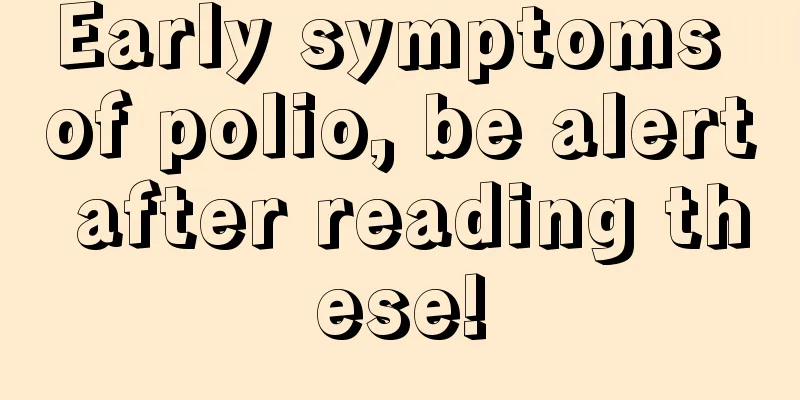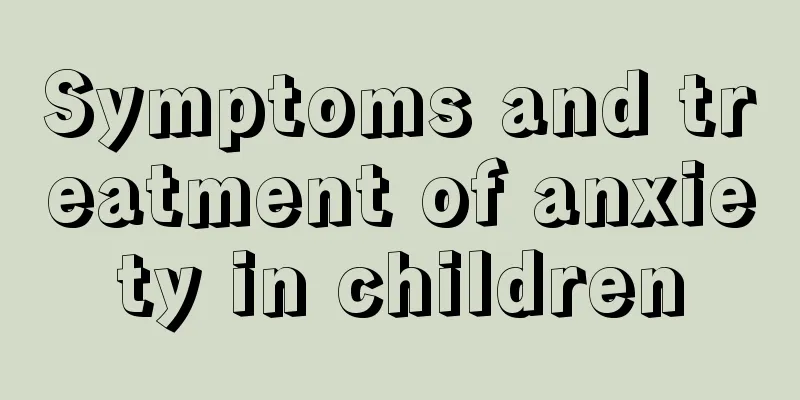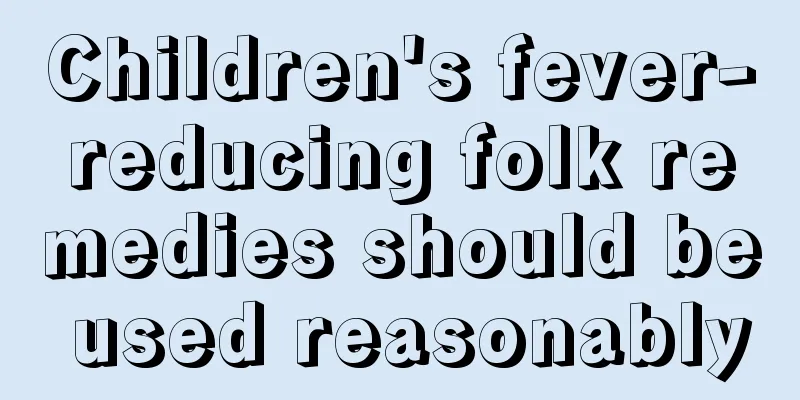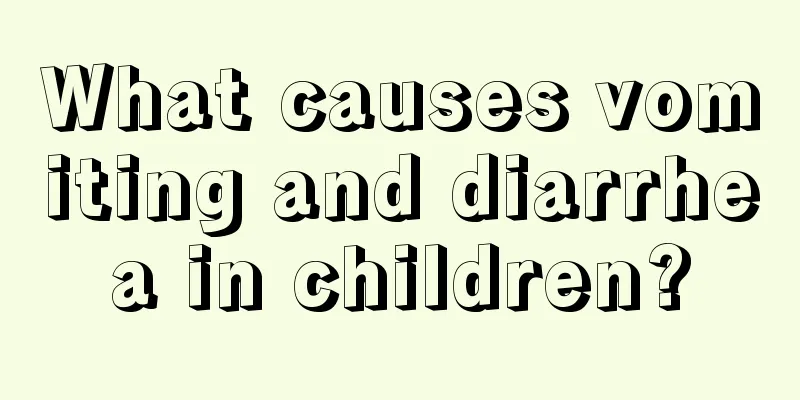Symptoms of navel infection in newborns
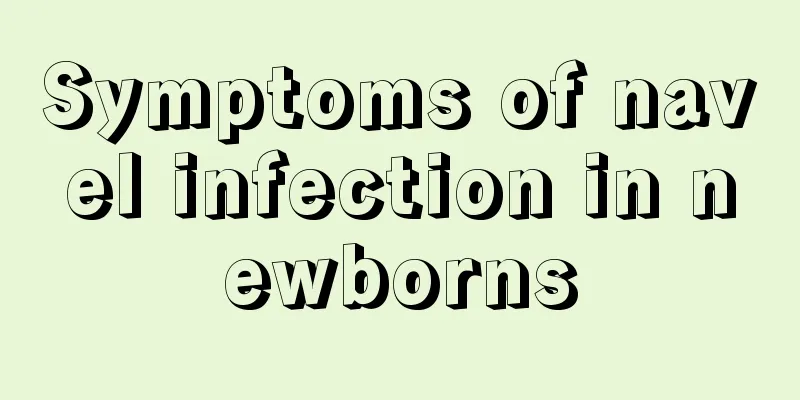
|
Newborns have to rely on their own bodies to resist the invasion of various viruses from birth. Among them, the navel is the first part to have problems after leaving the mother's body, because the navel will break and form a wound after leaving the mother's body, which is easily affected by bacteria, causing the newborn's body to be seriously infected. Let's take a look at how to deal with the symptoms of newborn navel infection? I hope parents can understand this. The initial symptom of neonatal omphalitis is just a little exudate and wetness in the belly button, and the skin around the navel is slightly red. At this time, if you can pay attention to keeping the navel dry and place it in a clean and hygienic environment, omphalitis will gradually improve. Mild symptoms of umbilical inflammation include discharge of water or thick secretions from the navel. At this time, just use a medical cotton swab dipped in alcohol to disinfect the baby's belly button every day. When disinfecting, not only the surface of the belly button should be disinfected, but the inside of the belly button should also be disinfected. The baby may feel pain, but parents don’t need to worry too much. If the disinfection is not thorough, the inflammation of the navel will worsen. After the disinfection is completed, you can put a piece of gauze to cover it. If the skin around your baby's belly button starts to become red and swollen, you can feel a slight warmth on the skin surface when you touch it. At the same time, smelly purulent secretions appear in the umbilical cord. The baby shows symptoms of anorexia, vomiting and fever. This indicates that the baby's navel may have become festering. You should take your baby to the hospital immediately. At this time, local disinfection alone is far from enough. If not treated in time, it may cause sepsis or peritonitis, which is very dangerous for the baby. Newborn babies should pay special attention to umbilical cord care. There are three principles for umbilical cord care for newborns. They are: 1. After bathing, dry the water around the baby's belly button. 2. The upper part of the diaper should not be too long to avoid getting the umbilical cord wet. 3. Do not let diapers or clothes rub against your belly button. Before the umbilical cord falls off, you can only give your baby a sponge bath. You can also scrub the upper and lower body sections separately, but do not immerse the body below the navel in the bathtub. Because the umbilical cord that is about to fall off is a kind of necrotic tissue, it is easy to cause infection if it comes into contact with water. |
>>: Symptoms of intestinal mucosal shedding in babies
Recommend
What to do if your child has a fever and itches
Fever is a very common disease in life. In most c...
What are the symptoms of hernia in children?
Generally, if a child has pediatric hernia, there...
Why does a one-year-old girl have breast development?
We all know that women's breasts begin to dev...
How to deal with the small red spots on children’s body?
If you find small red spots all over your child&#...
What causes foam in children's urine?
Some children have problems with their urine, so ...
What are the ways to make babies grow taller?
Nowadays, parents are particularly concerned abou...
What is the reason for a child's swollen instep?
The phenomenon of edema of the instep usually occ...
What are the benefits of swimming for children?
Summer is here and many people choose to go to th...
What medicine should a one-year-old baby take for a cold?
Because one-year-old babies have lower immunity a...
What should we do if children have developmental delays?
As parents, we must pay special attention to the ...
What to do if the child is too naughty?
Children are lively and active by nature. They li...
Cough caused by pharyngitis in babies
For babies, pharyngitis is a very common symptom....
15-year-old girl suffers from dizziness, chest tightness and foaming at the mouth
When girls are in adolescence, it is a particular...
How to treat chickenpox symptoms in children?
Because children's body functions are not yet...
What should I do if my baby has sandy dermatitis? Parents should keep these methods in mind
If a child develops sand-related dermatitis, pare...

